Bananza is a sustainable food innovation start-up based in Indonesia, dedicated to turning banana agricultural waste into eco-friendly snacks while empowering local communities. By transforming banana stems, bulbs, and peels into delicious products, Bananza reduces environmental impact and creates economic opportunities for housewives and people with disabilities through training and support programs. As a finalist and winner of the Food Innovation Challenge, Bananza continues to drive impactful change and strives to meet international food standards.
Australia Business Number (ABN): 47 226 295 497
BANANZA is more than just a food business.
we are a community-driven enterprise in Yogyakarta, Indonesia. Dedicated to Empowering vulnerable groups Such as marginalized communitiesThrough our work, we provide opportunities for these individuals to create and contribute to high quality food products, helping them gain financial independence and improve quality of life
Our Product
CHIPS
DESSERT
OTHERS
Meet Our Team
Our Story
At Bananza, we are more than just a food innovation start-up — we are a movement for change. Based in Indonesia, our mission is to transform banana agricultural waste into high-quality, sustainable products that make a difference in both the environment and local communities.Our journey began with a simple yet powerful idea: to reduce waste and empower people. By repurposing banana stems, bulbs, and peels, we create delicious and eco-friendly snacks such as banana stem chips and banana peel ice cream, contributing to a circular economy that minimizes environmental impact.But our mission goes beyond sustainability. We collaborate with housewives and people with disabilities in rural Indonesia, providing them with training in financial literacy, product development, and marketing. Through these efforts, we enable them to generate sustainable incomes and improve their quality of life.
Our achievements speak to the heart of our vision. Bananza is proud to be a finalist and winner of the Food Innovation Challenge, securing funding to further our mission and meet international food standards. As we continue to grow, we are committed to driving positive change and creating a world where waste becomes opportunity and everyone has a chance to thrive.Join us in making a difference—one delicious bite at a time.Follow us on our journey of innovation and empowerment!
CHIPS
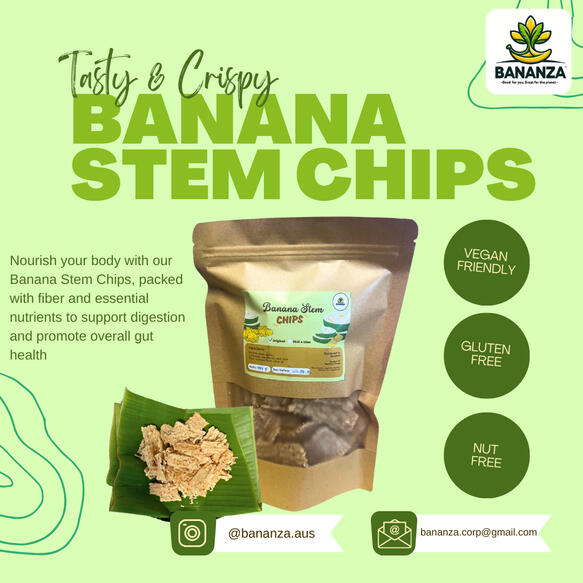
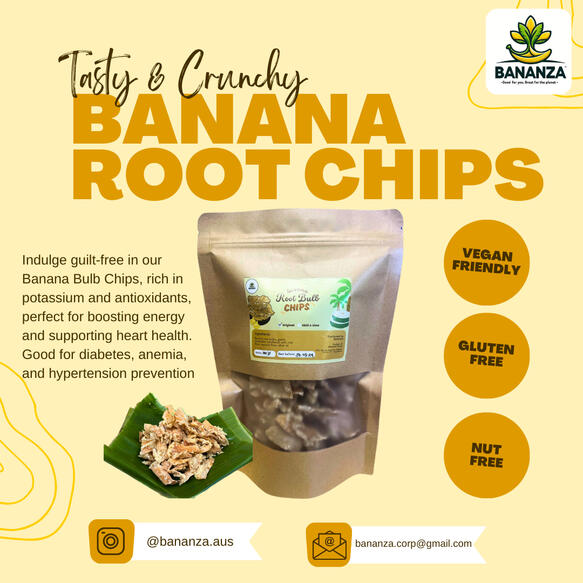

DESSERT
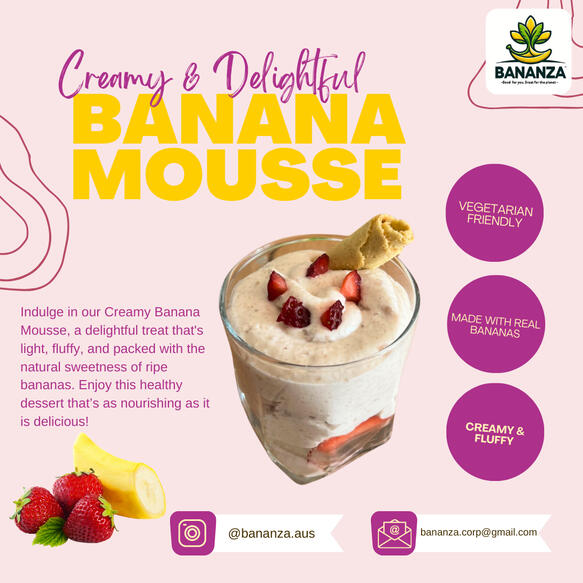
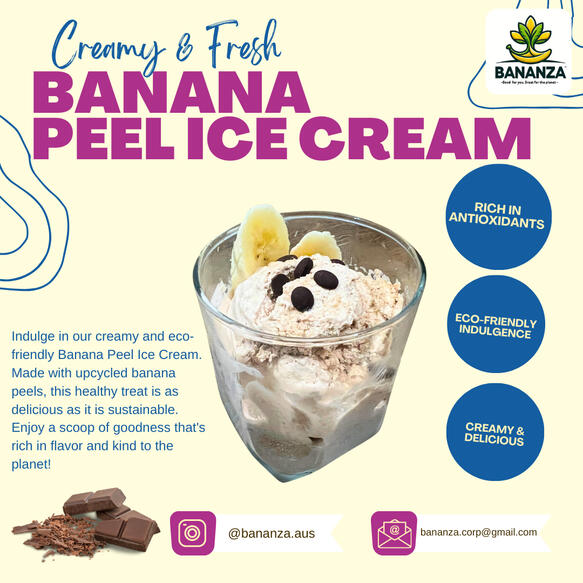
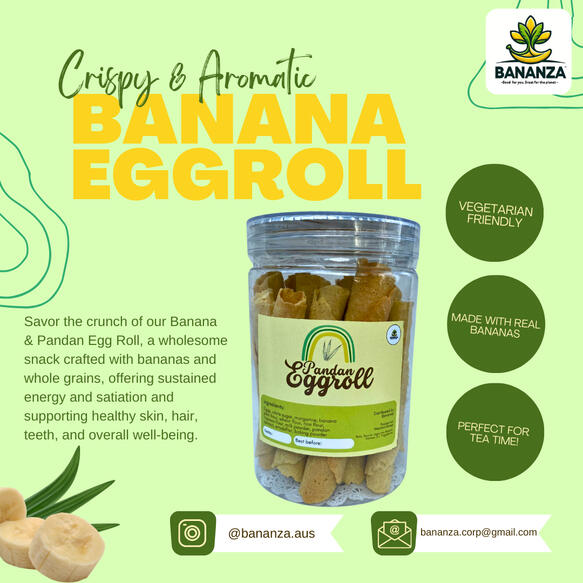
OTHERS
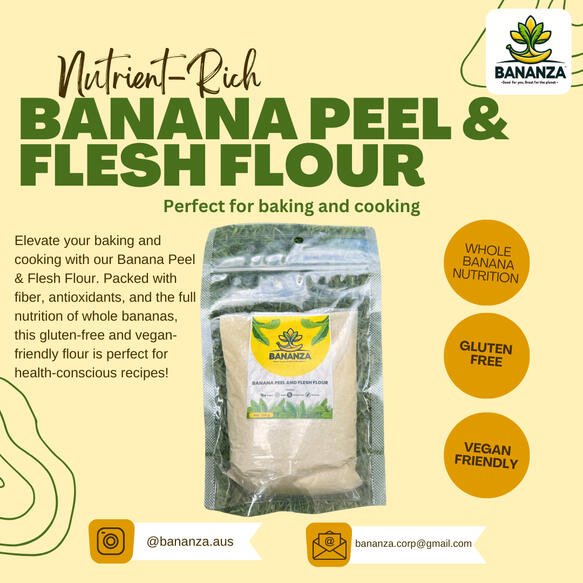
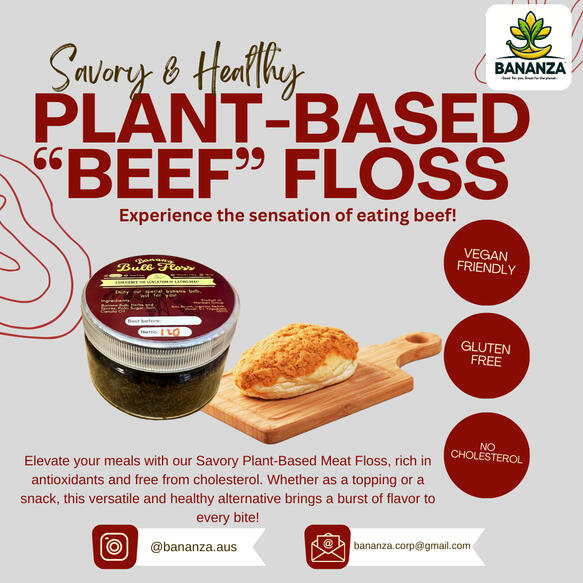
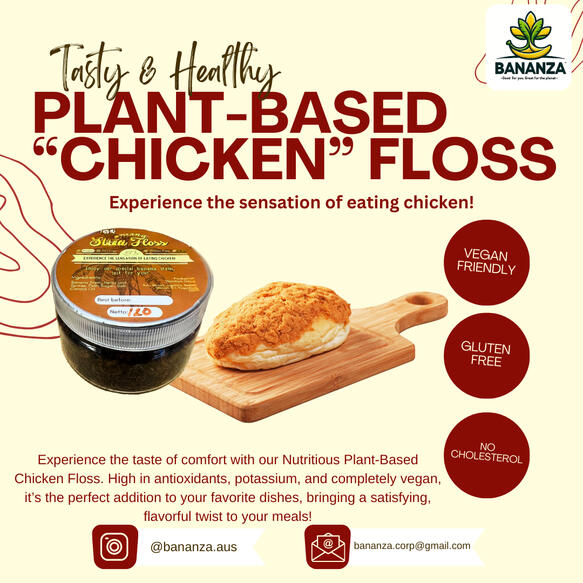
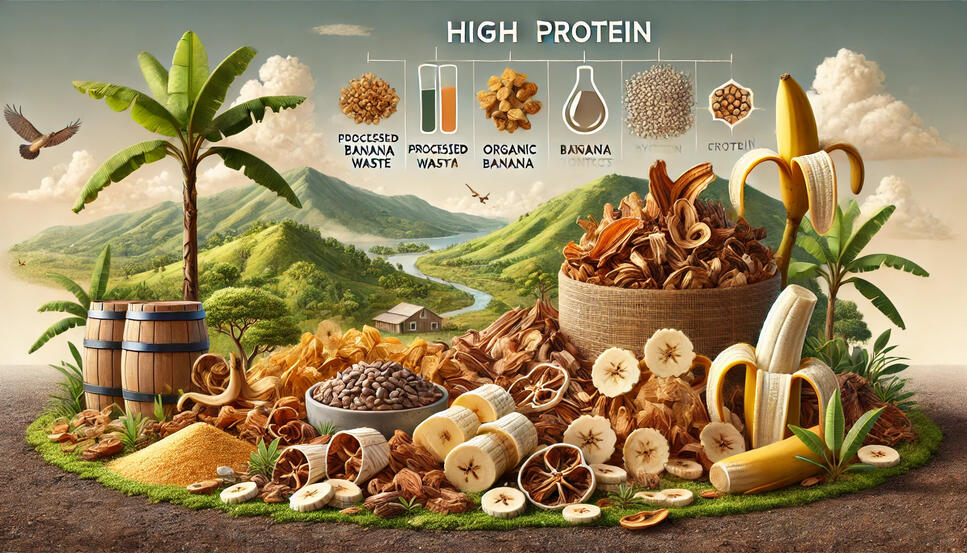
Banana waste, especially banana peels, is often overlooked as a nutritious resource, though it holds significant nutritional and environmental value. Here’s a breakdown of key nutritional aspects and potential uses of banana waste:1. High Protein Content
- Banana peels contain a surprising amount of protein, often ranging between 6-9% of dry weight. Though the protein level is lower than that of legumes, it’s substantial for a fruit peel, particularly as a byproduct that might otherwise be discarded.
- The amino acid profile in banana peels includes essential amino acids like leucine, valine, and threonine, which are critical for muscle growth and tissue repair.2. Dietary Fiber
- Banana peels are very high in dietary fiber, specifically insoluble fiber, which promotes digestive health, reduces cholesterol levels, and helps maintain blood sugar levels. Fiber from banana waste can be used as a functional ingredient in various food products, contributing to health benefits.3. Micronutrients
- Banana peels are rich in potassium, magnesium, and vitamin B6, all of which are beneficial for heart and nerve function. Potassium also helps regulate blood pressure, making it essential for cardiovascular health.
- The peels also contain a small amount of antioxidant vitamins such as Vitamin C and Vitamin E, which help protect cells from damage.4. High in Polyphenols and Antioxidants
- Banana peels have high levels of polyphenols, tannins, and flavonoids, which have been shown to possess antioxidant, anti-inflammatory, and antimicrobial properties. These compounds have potential health benefits and can be extracted for supplements or functional foods.5. Potential Applications in Food and Agriculture
- Animal Feed: Dried and processed banana peels are sometimes added to animal feed due to their nutrient density and fiber content.
- Human Food Products: Banana peel flour is gaining popularity as a gluten-free, nutrient-rich alternative. It can be incorporated into baked goods, smoothies, and snacks.
- Fertilizers and Compost: Banana waste serves as an effective organic fertilizer, especially because it’s rich in potassium and phosphorus, two nutrients that are essential for plant growth.Environmental Impact
Utilizing banana waste effectively can reduce agricultural waste and promote circular agriculture, supporting sustainable farming practices.

